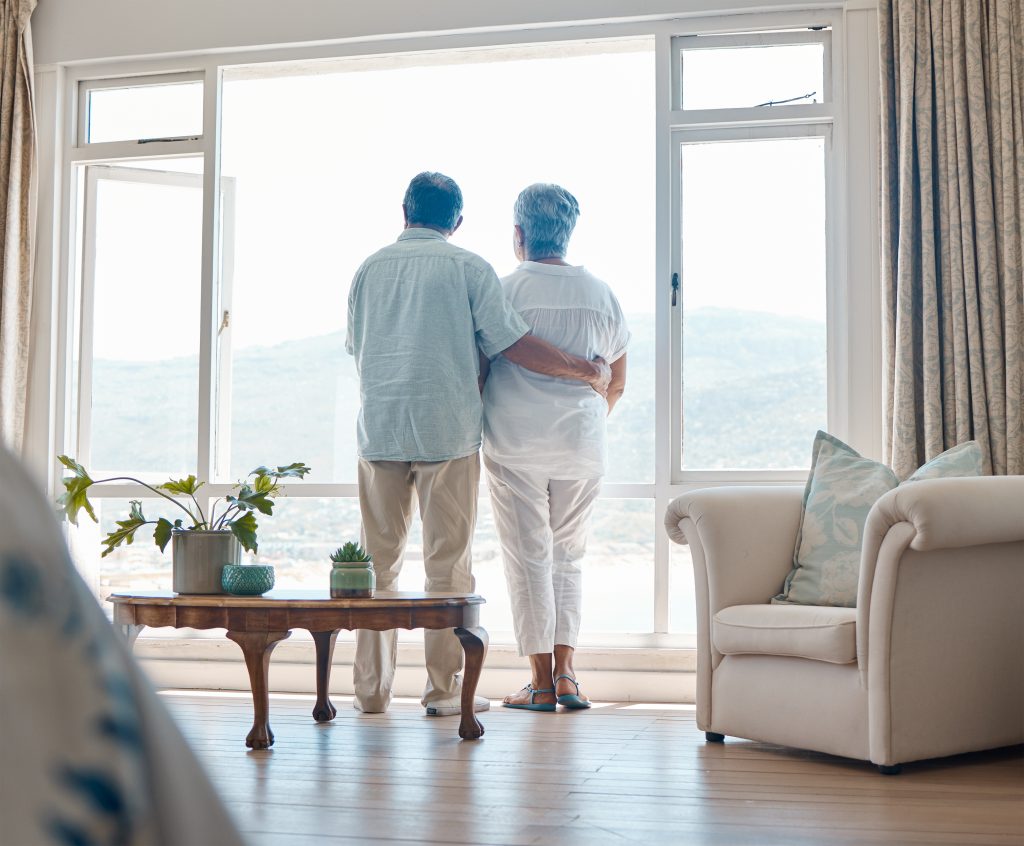Introduction:
Conservation Areas in Glasgow is a city known for its vibrant culture and striking architecture, is also home to some of Scotland’s most cherished conservation areas. These designated zones protect the city’s architectural and historical legacy, ensuring future generations can enjoy the unique character of each neighbourhood. Whether you’re a homeowner, buyer, or simply a history enthusiast, understanding the importance of conservation areas in Glasgow offers valuable insights into urban preservation, planning regulations, and property potential.
What Are Conservation Areas?
Conservation areas are defined by the Planning (Listed Buildings and Conservation Areas) (Scotland) Act 1997 as areas of special architectural or historic interest, where it is desirable to preserve or enhance the character or appearance. In Glasgow, these areas reflect a commitment to protecting architectural integrity while allowing sensitive and thoughtful modern development. Far from being frozen in time, conservation areas are living communities where modern life and historical heritage coexist harmoniously. The purpose of conservation area designation is to manage changes in ways that retain the area’s distinctive charm, materials, style, and layout.
Spotlight on Glasgow’s Most Iconic Conservation Areas
Strathbungo, located in Glasgow’s Southside, is one of the most sought-after conservation areas in the city. With beautifully preserved Victorian terraces and a lively cultural atmosphere, it has gained international recognition and was even listed as one of the world’s coolest neighbourhoods by Time Out. Its tree-lined streets, community events, and mix of traditional and creative spaces make it both historic and contemporary.
Woodlands, found in the city’s West End, is another conservation jewel. Defined by elegant sandstone tenements, 19th-century townhouses, and proximity to the University of Glasgow, Woodlands seamlessly blends academic vibrancy with architectural beauty.
Glasgow City Centre, particularly around the Merchant City and Blythswood Hill, showcases the grandeur of Georgian and Victorian design. These conservation areas stand as a testament to Glasgow’s commercial and industrial heritage. The preserved facades, intricate stonework, and adaptive reuse of buildings have made these areas dynamic parts of the modern city.
Pollokshields is one of the largest conservation areas in Glasgow. This leafy residential district boasts grand Edwardian villas, spacious streets, and abundant greenery. The area’s distinctive look and feel are protected to maintain the grandeur of its original urban planning.
Shawlands, near Strathbungo, combines residential appeal with a bustling high street. Conservation status here ensures the integrity of period shopfronts, tenement buildings, and public realm enhancements remains intact while new development aligns with the area’s character.
Perfect Glazing Glasgow Reviews
Perfect Glazing Glasgow has built a reputation for quality double glazing solutions and outstanding customer service across the region. Customer reviews frequently highlight the company’s professionalism, competitive pricing, and efficient installations of UPVC windows, composite doors, and conservatories. With a growing number of satisfied clients in and around Glasgow, Perfect Glazing is often praised for their transparent quotes, friendly team, and commitment to aftercare. Whether you’re upgrading to energy-efficient windows or seeking advice on home improvements, reviews suggest that Perfect Glazing is a trusted and reliable choice for homeowners in Glasgow.
Understanding Conservation Area Rules and Planning in Glasgow
Property owners in Glasgow’s conservation areas must navigate certain responsibilities and guidelines. Any changes to the exterior of a property, such as modifying roofs, windows, doors, or installing new signage, may require planning permission, even when such work would typically be considered “permitted development” elsewhere.
In areas governed by an Article 4 Direction, the scope of what requires permission is broader. This special regulation removes some automatic development rights, meaning changes like installing replacement windows, fitting satellite dishes, or even painting can need council approval.

Many conservation areas also include listed buildings. In these cases, any proposed alteration, extension, or demolition will also require Listed Building Consent in addition to planning permission.
Trees are another important element. In conservation areas, trees are automatically protected. Before cutting, trimming, or removing any trees, property owners must notify the council.
How Living in a Conservation Area Affects Property Owners
Owning a home in a conservation area can offer significant advantages. These zones are often desirable due to their attractive streetscapes, historical charm, and strong sense of community. Properties tend to retain or increase in value due to the area’s protected character and lower risk of disruptive development. The visual cohesion and architectural harmony typically found in conservation areas appeal to buyers seeking authenticity and aesthetics.
That said, there are challenges too. Renovations, even minor ones, often take more time and require detailed planning applications. Costs may be higher, as homeowners are encouraged to use traditional materials or methods, which can be more expensive than modern alternatives. Planning authorities may be more selective, particularly regarding visible exterior features.
To address modern needs without undermining conservation goals, solutions like secondary glazing or acoustic trickle ventilators are becoming increasingly popular. These upgrades provide improved energy efficiency and comfort, especially for homes with traditional sash and case windows, without altering the building’s external appearance.
Combining Heritage and Innovation:
Improving a period home in a conservation area doesn’t mean compromising on comfort or sustainability. Today’s window and ventilation technology allows homeowners to achieve energy efficiency without violating conservation principles.
Secondary glazing is a preferred choice for enhancing insulation and noise reduction in traditional buildings. Since it doesn’t alter the original windows, it’s often approved by conservation officers. Similarly, Acoustic Trickle Vents offer discreet ventilation that aligns with the aesthetics of period properties.
Homeowners can also consider vented double glazing, window trickle vents, or alternatives tailored for UPVC or composite door installations, as long as they respect the look of the building. Understanding the difference between composite and UPVC doors is key when choosing a suitable replacement that aligns with conservation policies.
Other options, such as sandblasted glass, help maintain privacy while adding a decorative touch in line with heritage design. Small details like window locks for double glazed windows or types of trickle vents can make a big impact on performance while satisfying regulatory standards.
For property repairs or restorations, particularly for those in the greater Glasgow and Edinburgh regions, it’s recommended to work with professionals who specialise in window repair in Edinburgh and other heritage services.

Conclusion
Conservation areas in Glasgow are more than just a nod to the past—they are a celebration of the city’s enduring architectural character. These areas offer an unmatched blend of beauty, history, and livability. For homeowners, this presents an exciting opportunity to live in a place of cultural significance while contributing to its ongoing preservation. However, understanding the planning implications and knowing how to sensitively introduce modern improvements is essential to making the most of such properties.
Recommendations
If you live in or are planning to move to one of Glasgow’s conservation areas, begin by researching the area’s specific guidelines via the Glasgow City Council’s website. Consider booking a consultation with window and home improvement experts who specialise in conservation area compliance.
For trusted advice on installing double glazing, secondary glazing, or choosing the right type of window or door solution, visit Double Glazing Advice Centre. The team connects you with up to six vetted local installers, helping you find the best service at the best price without the pressure.
FAQs
Can I install double glazing in a conservation area in Glasgow?
Yes, but it typically requires planning permission, especially if replacing original windows. Secondary glazing is often a preferred alternative as it doesn’t affect the external look of the property.
Are modern UPVC doors allowed in conservation areas?
They can be permitted if they mimic the appearance of traditional timber doors. Some homeowners opt for composite doors due to their strength and period-style finishes.
What’s the best ventilation solution for period homes?
Acoustic trickle vents, trickle vents for UPVC windows, or alternative to trickle vents like wall-mounted ventilators provide fresh air without impacting the home’s character.
Is it expensive to renovate homes in conservation areas?
Costs may be higher due to the need for traditional materials and specialist labour. However, these costs often translate into better long-term value and increased property appeal.




